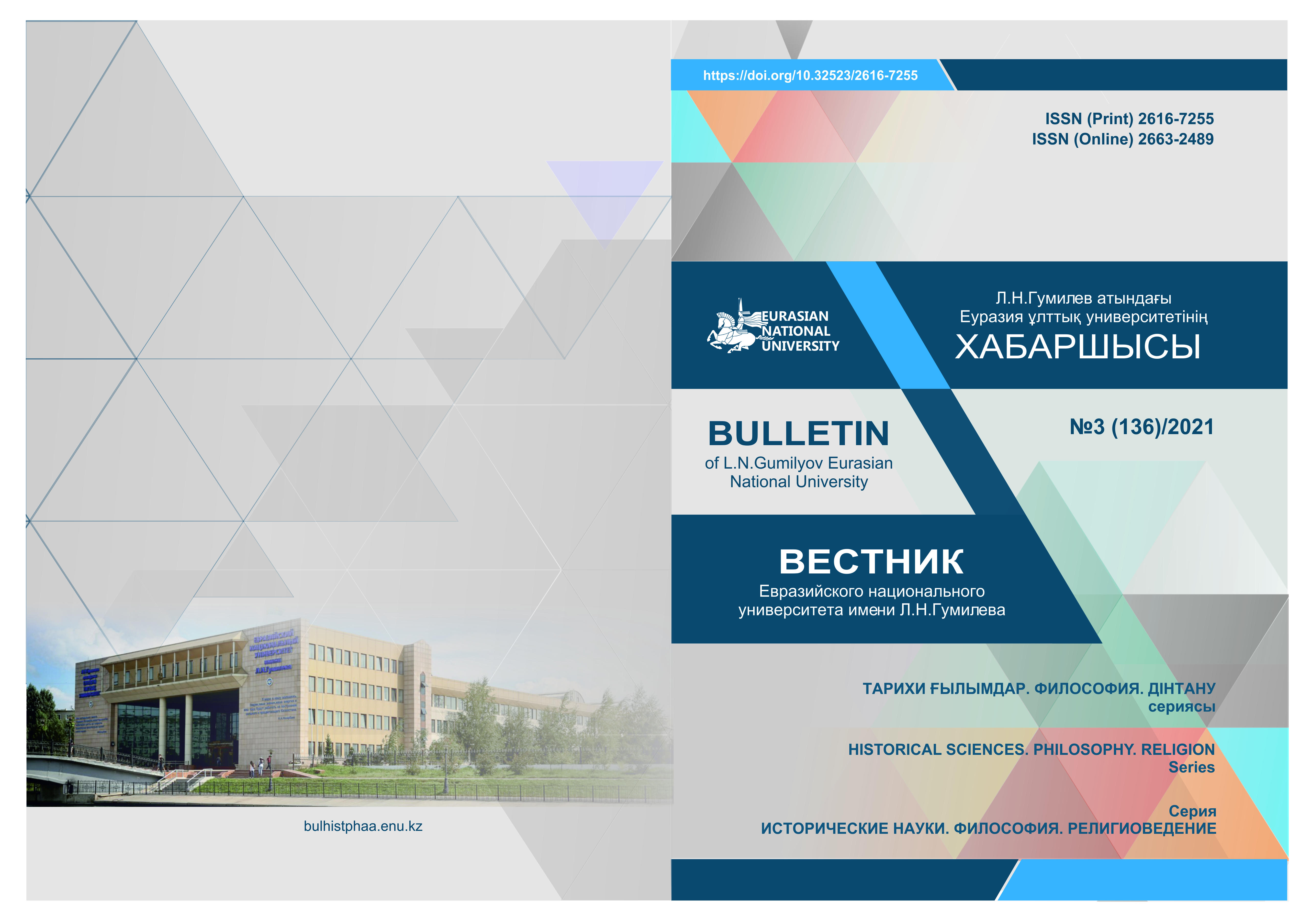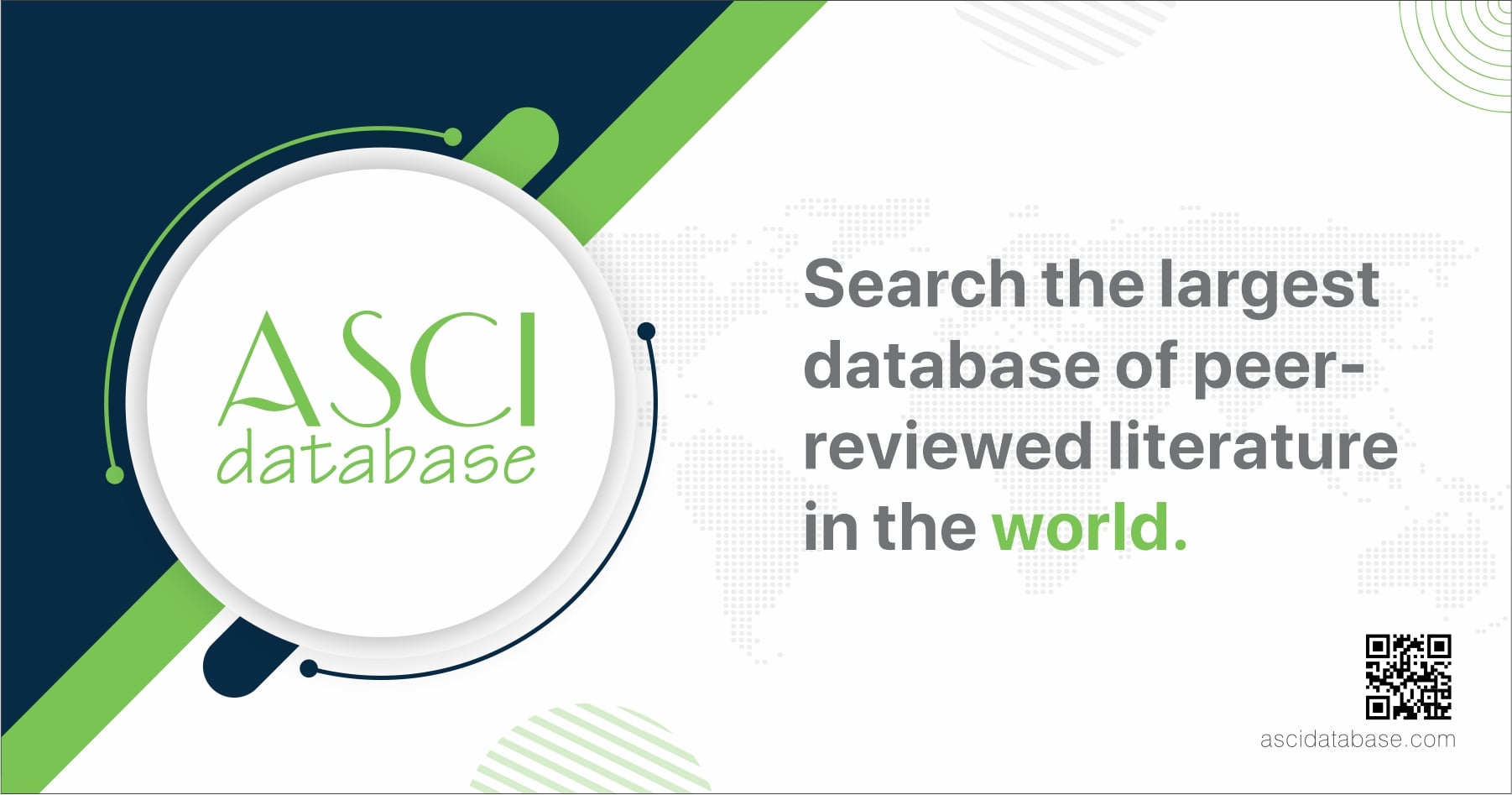Study, Preservation and Museumification of the Berel Necropolis Monuments at the Present Stage
Views: 126 / PDF downloads: 76
DOI:
https://doi.org/10.32523/2616-7255-2021-136-3-90-104Keywords:
Reserve-Museum “Berel”; archaeological research; storage of exhibits; museumification of monuments; exhibition activities.Abstract
Currently, state programs aimed at the cultural and spiritual development of society have been updated in our country. This cultural policy of the state contributes to the further active development of both museum business and archaeological science. A striking example is the Berel museum complex, which is recognized as a unique monument of archeology and is developing rapidly, which accordingly contributes to the development of the region. Conferences with the results of archaeological research are held annually, where the data of surveys of a certain field season are given, all these surveys are necessarily covered in the media, it is planned to print fundamental works that will contain knowledge about significant historical monuments of the region, among which the Berel necropolis will undoubtedly take its rightful place. However, while the results of the museum's activities for the entire period of its existence have not been summed up, for this reason, this article will attempt to summarize the results of the painstaking work of archaeologists who have been studying the monuments of the Valley of the Kings for many years, and the museum staff who stood at the origins of the museum complex development, also identified targets for the further development of the Berel reserve-museum in the research, popularization and museum spheres of activity. The main materials on field research of the archaeological complex were collected, published by the participants of the expeditions themselves, the museum staff took a direct part in field work, and data on the work of the museum-reserve in such areas of activity as exposition and exhibition, museum and popularization were collected. All the collected materials, together with the information obtained on the Internet, covering the active marketing activities of the museum, allow us to see a certain holistic picture of the museum complex development. It is obvious that the joint work of archaeologists and museum staff has yielded excellent results in the form of a modern museum complex with a developed infrastructure, which is interesting for both internal and external tourists, contributes to the development of the region in economic and tourist terms, and the development of society in spiritual terms.
Downloads

Downloads
Published
Issue
Section
License
Copyright (c) 2021 D.B. Samratova, A.T. Sarbasov ZH.Q. Elemesova, ZH.M. Segizbaeva

This work is licensed under a Creative Commons Attribution-NonCommercial 4.0 International License.







